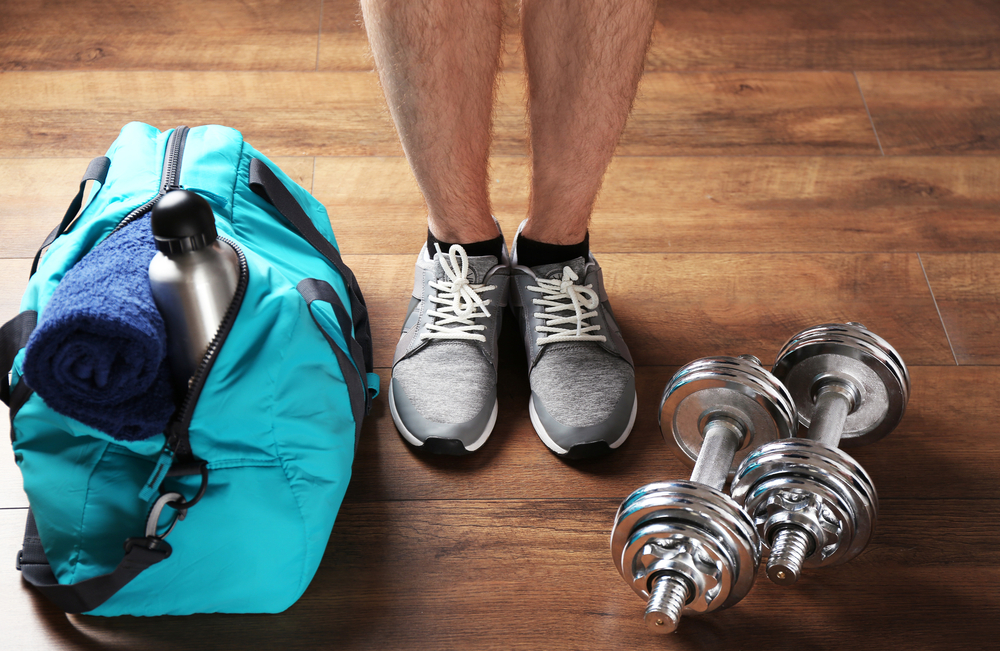With the good weather and couple of days off ahead, thanks to May’s bank holiday, it’s about time to start planning your weekend trips with the family. But knowing where to begin, especially if you have chosen, a big city like London can be daunting. We put together a short list of tips that hopefully will help you to organise a best family time in the Big Smoke.
Book a hotel close to the biggest attractions
Booking your hotel in advance is the next step you will need to make after buying traveling tickets. And it is an important one. Depending on the age of your kids, and the family size, there will be different recommendations you might consider, but in general, the closer to the London centre is your hotel the better. Staying close to the key London’s attractions and landmarks can save your time, money, not to mention, making the overall commute experience less troublesome. Having a room rented out in the centre, also gives you a chance to refresh at any time you need it, without relying on public changing rooms, or toilets in cafe and restaurants. The Thistle Trafalgar Square is a hidden gem just around the corner from the Trafalgar Square, Leicester Square, Piccadilly Circus, Soho and Covent Garden, that is definitely worth considering if you are planning stress- free, family-friendly weekend break.
Make democratic choices
You might get used to deciding for the rest of the family but remember that your kids are growing, and they need to get their voices heard too. So, it’s important you not only give them choices but also ask for suggestions. Although as a parent you might not be an ardent Harry Potter or Chelsea fan yourself ( and let’s be honest, that’s probably not on your list yet), you should try to understand that visiting London can be the only chance your kids will have to explore sites related to their biggest idols. So, before you make any reservations, get your family together and ask them for suggestions. This will allow you to make a plan, and avoid any drama, such as seeing any disappointed faces.
Plan your journey ahead
Once your family have submitted their choices, it’s a time to make a rough plan where you will go and what you will visit. Planning your journey ahead, allows you to eliminate most of the obstacle that could utterly spoil the otherwise fun time in London. These obstacles include: rushing from one place to another, losing your holiday time to plan the next steps of your trip, spending excessive amount of money on unexpected Uber rides, eating in overrated (or underrated) restaurants, and finally missing out. It’s been proved with loads of empirical evidence, that the time unplanned, can’t possibly match the fun you will have moving smoothly from one place to another. And it’s especially important when your biggest critics – your kids will be around.
Pre- book tickets for attractions
Leaving your home with tickets in your pocket gives you a lot of advantages, but the biggest one is perhaps securing a good value for money, for the attractions you are about to see. And all London’s early birds, who know how hard sometimes it is to get tickets for venues, would agree. But it’s not only about staying organised. Some of the attractions are regularly sold out, and others such as the Harry Potter studio, don’t even sell the tickets on the doors. Other, like the House of Parliament will ask you to book a slot. Think, plan, and get your tickets sorted on time!

